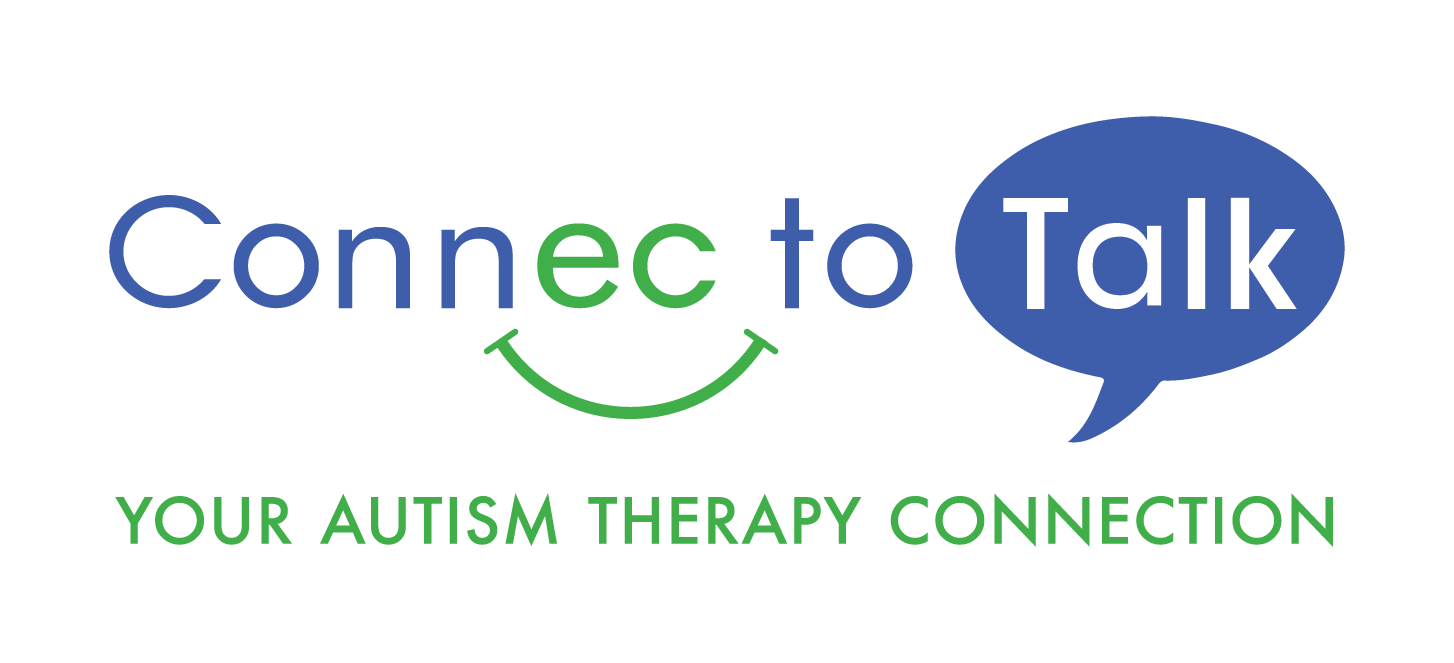![Focused vs. Comprehensive ABA Treatment When caregivers are looking to determine the intensity or number of hours of Applied Behavior Analysis (ABA) for their child per week, it can be difficult for families to understand why a certain number of hours is being recommended, or even to find the time or justify the amount that their Board Certified Behavior Analyst […]](https://connec-to-talk.com/wp-content/uploads/2023/03/CTT-Focused-ABA.jpeg)
When caregivers are looking to determine the intensity or number of hours of Applied Behavior Analysis (ABA) for their child per week, it can be difficult for families to understand why a certain number of hours is being recommended, or even to find the time or justify the amount that their Board Certified Behavior Analyst (BCBA) recommends. Because of these questions, the following hopes to provide insight into the rationale and research behind BCBA recommendations per client.
Key Features of ABA Services
According to the BACB in the second edition of Applied Behavior Analysis Treatment of Autism Spectrum Disorder: Practice Guidelines for Healthcare Funders and Managers, (Behavior Analyst Certification Board, 2019) in order to develop, support or restore functioning for those with ASD, each client and caregivers strengths, needs, preferences, and the environmental circumstances must be assessed to make the decision if a focused or comprehensive treatment plan should be utilized. Throughout the client’s treatment, there should also be room for flexibility to change the treatment plan based on changes to the above considerations (BACB, 2019).
When choosing between a focused or comprehensive treatment, the following are considerations assessed during the intake (and throughout treatment) (BACB, 2019):
-
The client’s interaction with the environment and the resulting context and value to the client, family and community
-
A provider- or client-directed treatment plan which is dependent on the involvement of peers or caregivers
-
The number of recommended goals is dependent on the client’s needs and their caregiver’s response to treatment
Client age, diagnosis or the duration or nature of previous ABA services is NOT a consideration when assessing clients for current treatment intensity (e.g., Hassiotis et al., 2011; Ivy & Schreck, 2016; Wong et al, 2017).
Intensity of treatment
The intensity of treatment is the dosage of ABA recommended and is categorized into focused or comprehensive treatment.
Focused ABA treatment focuses on a limited number of chosen skill targets specific to a client’s goals. The intensity of services can range from 10 – 25 hours per week.
For example, a 10 year old who has difficulty making friends and regulating their emotions would receive 10 hours of ABA per week with goals surrounding social skills and emotional regulation.
Comprehensive ABA treatment focuses on multiple areas of functioning including cognitive, communicative, social, emotional, adaptive, and maladaptive behaviors. Intensity levels of weekly services include 30 – 40 hours per week are required to see positive outcomes in those targeted skill areas.
For example, a 2 year old with delays in requesting, sharing with peers, tolerating non preferred activities, eating, and following directions would receive 40 hours of ABA per week with goals surrounding communication, social skills, behavioral support, listener receptive skills, and Activities of Daily Living (ADLs).
Research has established that utilizing a comprehensive ABA treatment model for children with ASD is the most effective to develop, support or restore functioning:
-
Comprehensive ABA produces the largest improvements in functioning for those with ASD (Klintwall et al., 2015).
-
At least 36 hours of direct ABA treatment per week for at least two years is associated with clinically significant, reliable changes in cognitive and adaptive skills (Eldevik et al., 2010).
-
-
Low-intensity ABA treatment produces smaller improvements than high-intensity ABA treatment (Eldevik et al., 2006).
-
Eclectic treatment comprising some ABA treatment plus a mixture of other therapies or methods is ineffective (at best) for most children with ASD, even when it is individualized and intensive (Eikeseth et al., 2002).
-
Eclectic treatment is defined as a combination of TEACCH, sensory integration therapy, and some applied behavior analysis method (Howard et al., 2014)
-
Why So Much ABA?!
Why are so many hours necessary to support behavior change and skill acquisition for our clients? Behavioral intervention has become the most widely adopted intervention and has the strongest empirical base for individuals diagnosed with ASD as it has shown that children with ASD who receive comprehensive treatment are able to develop or restore their functioning
(Smith, 2012).
Connec-to-Talk Service Delivery Assessment
At Connec-to-Talk, our BCBAs utilize the Medical Necessity Assessment (MNA) in order to determine the most appropriate recommendations for our clients. The MNA is an assessment that is completed by the BCBA and parents which involves a review of records, parent interview, and observations of the client. Once completed, it provides an objective recommendation on the type of ABA program that would be most beneficial for the child (e.g., focused vs. comprehensive ABA), specific dosage recommendations (e.g., hours per week), and recommendations regarding the number of goals per domain (e.g., 8 hours/week in Communication, 6 hours/week in Behavior Reduction, etc.). The assessment takes into account any outside therapies the child is receiving, hours attending school and the services received in school, along with any medications taken or barriers to consistent services.
For more information please visit
https://www.
Citation:
Behavior Analyst Certification Board (2019). Clarifications regarding applied behavior analysis treatment of autism spectrum disorder: Practice guidelines for healthcare unders and managers (2nd ed.). Retrieved from https://www.bacb.com/wp-
Eikeseth, S., Smith, T., Jahr, E., & Eldevik, S. (2002). Intensive behavioral treatment at school for 4- to 7-year-old children with autism: A 1-year comparison controlled study. Behavior Modification, 26, 49-68. doi:10.1177/
Eldevik, S., Eikeseth, S., Jahr, E., & Smith, T. (2006). Effects of low-intensity behavioral treatment for children with autism and mental retardation. Journal of Autism and Developmental Disorders, 36, 211-224. doi:10.1007/s10803-005-0058-x
Eldevik, S., Hastings, R. P., Hughes, J. C., Jahr, E., Eikeseth, S., & Cross, S. (2010). Using participant data to extend the evidence base for intensive behavioral intervention for children with autism. American Journal of Intellectual and Developmental Disabilities, 115, 381-405. doi:10.1352/1944-7558-115.5.
Hassiotis, A., Canagasabey, A., Robotham, D., Marston, L., Romeo, R., & King, M. (2011). Applied behaviour analysis and standard treatment in intellectual disability: 2-year outcomes. The British Journal of Psychiatry, 198, 490-491. doi: 10.1192/bjp.bp.109.076646
Klintwall, L., Eldevik, S., & Eikeseth, S. (2015). Narrowing the gap: Effects of intervention on developmental trajectories in autism. Autism, 19, 53-63. doi:10.1177/1362361313510067.
Howard, J. S., Stanislaw, H., Green, G., Sparkman, C. R., & Cohen, H. G. (2014). Comparison of behavior analytic and eclectic early interventions for young children with autism after three years. Research in Developmental Disabilities, 35, 3326-3344. doi:10.1016/j.ridd.2014.08.021
Smith, T. (2012). Evolution of research on interventions for individuals with autism spectrum disorder: Implications for behavior analysts. The Behavior Analyst Today, 35(1), 101–113.



Leave a Reply